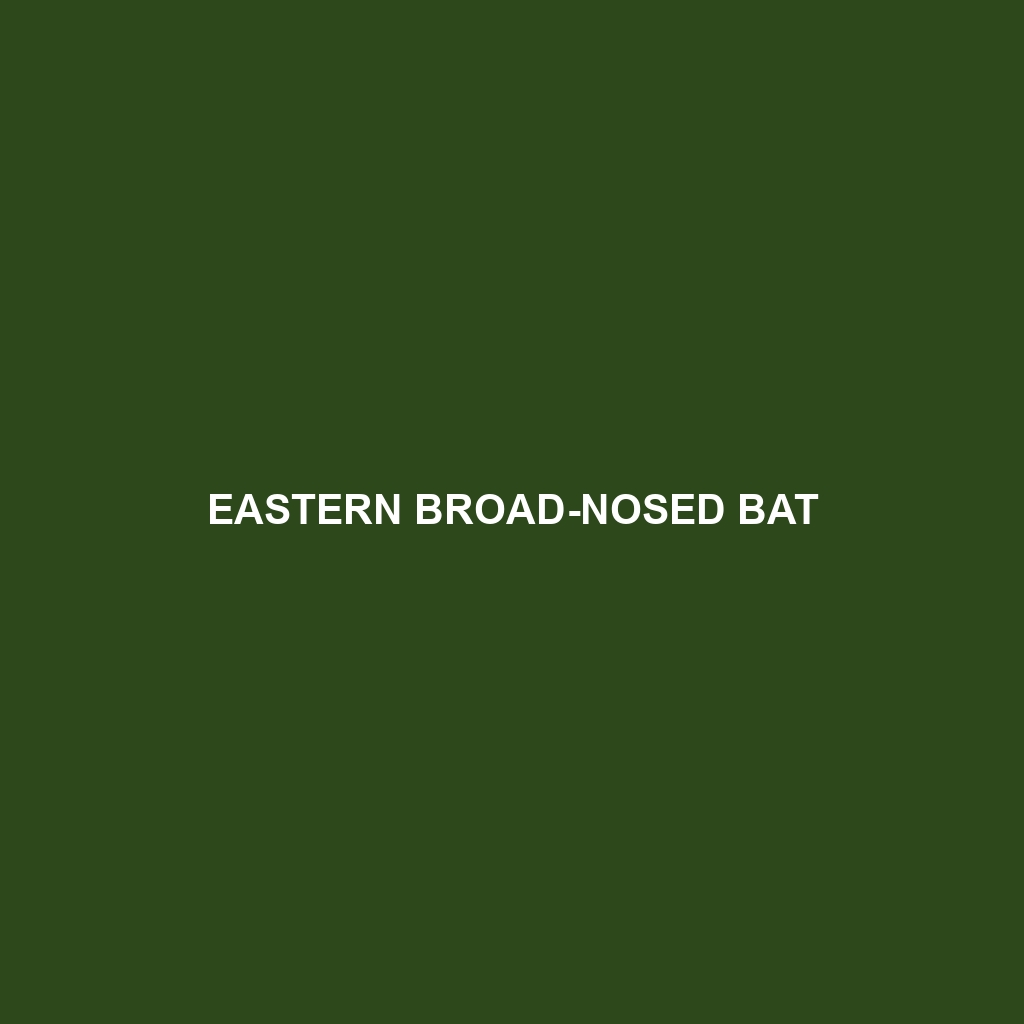Eurasian Serotine
Common Name: Eurasian Serotine
Scientific Name: Nyctalus lasiopterus
Habitat
The Eurasian Serotine primarily inhabits a variety of environments across Europe and parts of Asia. It is often found in deciduous forests, urban areas, and subtropical regions. This species shows a preference for areas with abundant roosting opportunities, such as tree hollows and buildings, and can thrive in both rural and urban settings, making it widely distributed.
Physical Characteristics
The Eurasian Serotine is a medium-sized bat, typically measuring 12 to 14 cm in body length with a wingspan ranging from 30 to 34 cm. Its fur is dark brown to grayish, often appearing glossy. Distinctive features include its relatively broad wings and pointed ears, which can exceed the head length. The underbelly is lighter in color, providing a stark contrast that aids in identification.
Behavior
This species exhibits fascinating behaviors, particularly its nocturnal activity patterns. The Eurasian Serotine is known for its agile flight, enabling it to capture insects mid-air, such as moths and beetles. During the warmer months, it often roosts in colonies, and can be seen emerging at dusk in search of food, making it a subject of interest for wildlife enthusiasts.
Diet
The diet of the Eurasian Serotine primarily consists of insects, showcasing a preference for moths. They also consume other flying insects, which they catch in flight. This bat plays a crucial role in controlling insect populations, contributing to the ecological balance within their habitat.
Reproduction
The reproductive habits of the Eurasian Serotine typically occur during late spring to early summer. Females give birth to a single pup after a gestation period of about 6 weeks. Maternal care lasts several weeks, during which the mother nurses and protects her young until they are ready to venture out and forage independently.
Conservation Status
Currently, the Eurasian Serotine is listed as Least Concern by the IUCN, indicating a stable population across its range. However, habitat destruction and climate change pose potential threats that could impact future populations.
Interesting Facts
Did you know that the Eurasian Serotine is one of the larger bat species in Europe? Its unique wing shape and size allow it to travel long distances while foraging for food. Additionally, these bats are known for their social behavior, often roosting in colonies that can consist of hundreds of individuals.
Role in Ecosystem
The Eurasian Serotine plays a vital role in its ecosystem by acting as a natural pest control agent. By consuming large quantities of insects, this bat helps maintain healthy agricultural landscapes and prevents the overpopulation of pest species. Its presence indicates a balanced ecosystem, making it an essential species for biodiversity.
